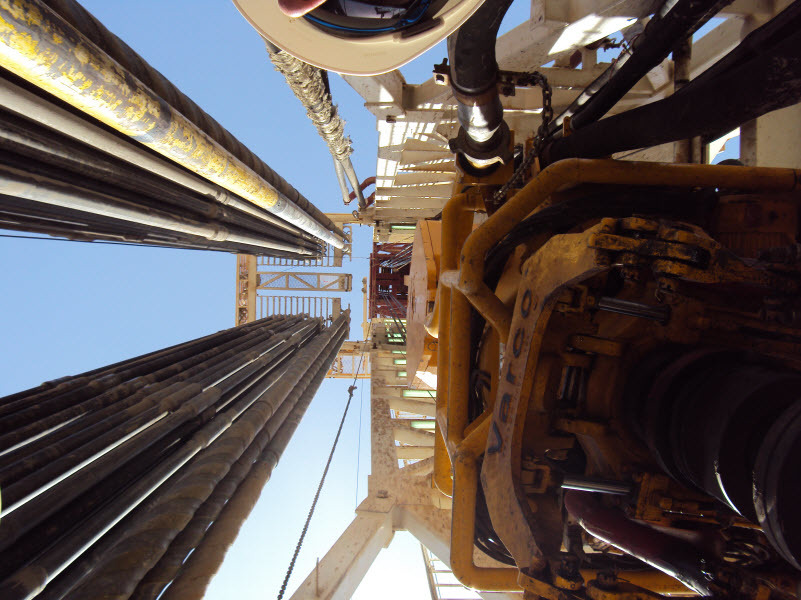
California regulators ordered oil drillers including Chevron Corp and Linn Energy LLC to halt operations at 12 injection wells in the state because of concerns they may taint groundwater.
The Division of Oil, Gas and Geothermal Resources said 10 of the well operators shut down voluntarily, while two were issued cease-and-desist orders.
All the wells are located in Kern County, northeast of Los Angeles, are within a mile of the surface and 500 vertical feet underground of a water supply, the agency said. There is no evidence that drinking water has been contaminated, the agency said.
Oil and gas drillers have been using injection wells for more than 50 years to help push hydrocarbons out of the ground. More than 50,000 oil-field injection wells operate in the state, according to the oil and gas division.
An extensive shutdown of the wells would threaten the operations of a $34 billion industry that employs more than 25,000 people in the state, based on agency estimates.
The wells are being shut “out of an abundance of caution for public health,” State Oil and Gas Supervisor Steven Bohlen said during a conference call with reporters. “This is an initial public health screen”.
The agency said the orders were part of a “systematic statewide review” of injection wells. The state acknowledged that some well injections were taking place in zones that hadn’t been approved by the US Environmental Protection Agency, triggering the evaluation of all 50,000 injection wells.
The order includes three wells operated by Linn Operating Inc., three by California Resources Corp., two each by E&B Natural Resources Management Corp. and Chevron Corp and one well each operated by Modus Inc. and Western States International Inc. Modus and Western States International will receive cease-and-desist orders while the rest voluntarily relinquished their permits to inject.
The two Chevron wells were idle and not active, said Don Drysdale, spokesman for the California Department of Conservation.
Hydraulic fracturing, or fracking, in which water and chemicals are injected into rock formations to free oil and gas, is allowed in at least 32 states.
California is working on an environmental review of the process, and local communities across the US are mobilizing to stop it.
In November, voters in Athens, Ohio; Denton, Texas; and California’s Mendocino and San Benito counties passed measures banning fracking.
The shut-in orders came as the US Geological Survey said that because there is no national water-quality monitoring program in place that focuses on oil and gas development, more data and research are needed to determine the potential risks to water quality associated with unconventional drilling in the US.
The state’s order follows a review conducted by federal regulators that found “serious deficiencies” in California’s oversight of underground injection wells and required the state to come up with a plan that would bring its program into compliance by February 2017.
The agency granted permits allowing oil companies to drill 170 waste-disposal wells into aquifers suitable for drinking or irrigation, according to a February report in the San Francisco Chronicle. The agency later acknowledged some of those permits should never have been granted.
California’s oil and gas supervisor and the chief deputy of the state’s water resources control board sent a joint letter to the US Environmental Protection Agency on February 6 outlining their plans to improve enforcement.
The state oil and gas division posted a list of more than 2,000 permitted injection wells under review because of EPA’s request. Units of drillers Freeport-McMoran Oil & Gas LLC and Linn Energy account for more than half of the well permits listed.
The federal Safe Drinking Water Act gave the EPA authority to establish a program that prevents well injections from contaminating groundwater supplies. Under the program, the agency approves exemptions on a case-by-case basis for wells that pump into parts of aquifers that aren’t being used for drinking water and won’t be in the future.
Recommended for you
